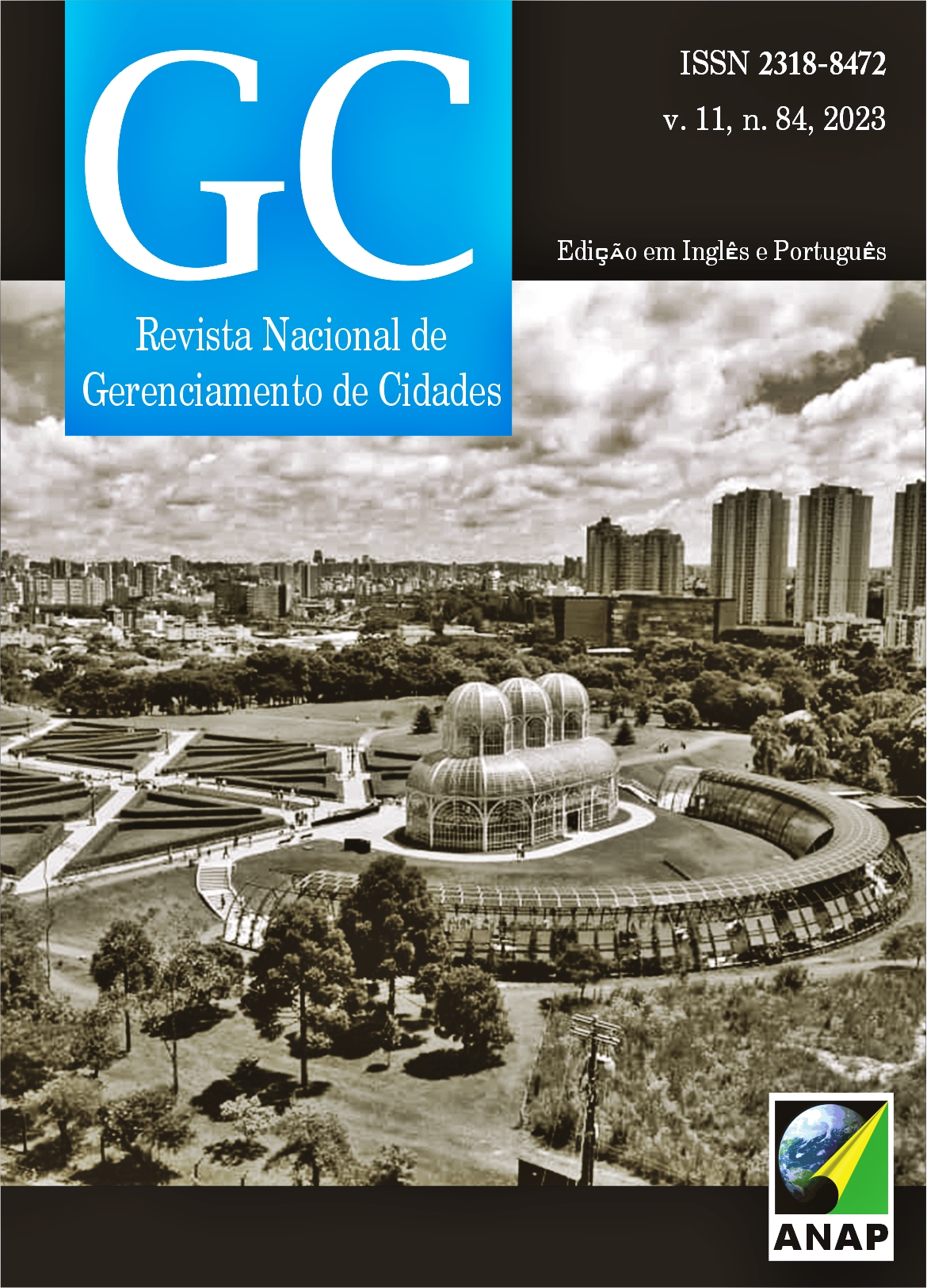Sneglehusene Housing: Case study based on Bioclimatic Strategies
DOI:
https://doi.org/10.17271/23188472118420234684Palavras-chave:
Bioclimatic architecture, Denmark, Environmental comfortResumo
Bioclimatic architecture is a sustainable construction approach that seeks to integrate local climatic conditions in the design of buildings, where one of the main objectives is to maximize thermal comfort and reduce energy consumption through the efficient use of natural resources, such as sunlight, natural ventilation and rainwater collection. To achieve this, materials and construction techniques adapted to the local climate are used, as well as the incorporation of renewable energy systems. This article is the result of research carried out in the Contemporary Bioclimatic Project discipline of the Postgraduate Program in Architecture, Urbanism and Landscaping at the Federal University of Santa Maria, and its purpose is to analyze the bioclimatic strategies applied in the Sneglehusene Housing, located in the city of Aarhus in Denmark. The methodology used for the analysis was based on studies of its implementation, adaptation to the local climate, principles and passive strategies for environmental comfort, landscaping strategies and materiality. Denmark is a world reference on this subject and seeks to encourage a healthier lifestyle in its cities, with the Sneglehusene Housing being an example of a building designed for common well-being and focusing on bioclimatic architecture..
Downloads
Downloads
Publicado
Edição
Seção
Licença

Este trabalho está licenciado sob uma licença Creative Commons Attribution-NonCommercial-ShareAlike 4.0 International License.















